An Encyclopaedia of Japanese Science-Fiction by Fabien Mauro
In ‘KAIJU, INVADERS & APOCALYPSE’, the author offers a detailed analysis of the golden age of monster films between 1950 and 1970.
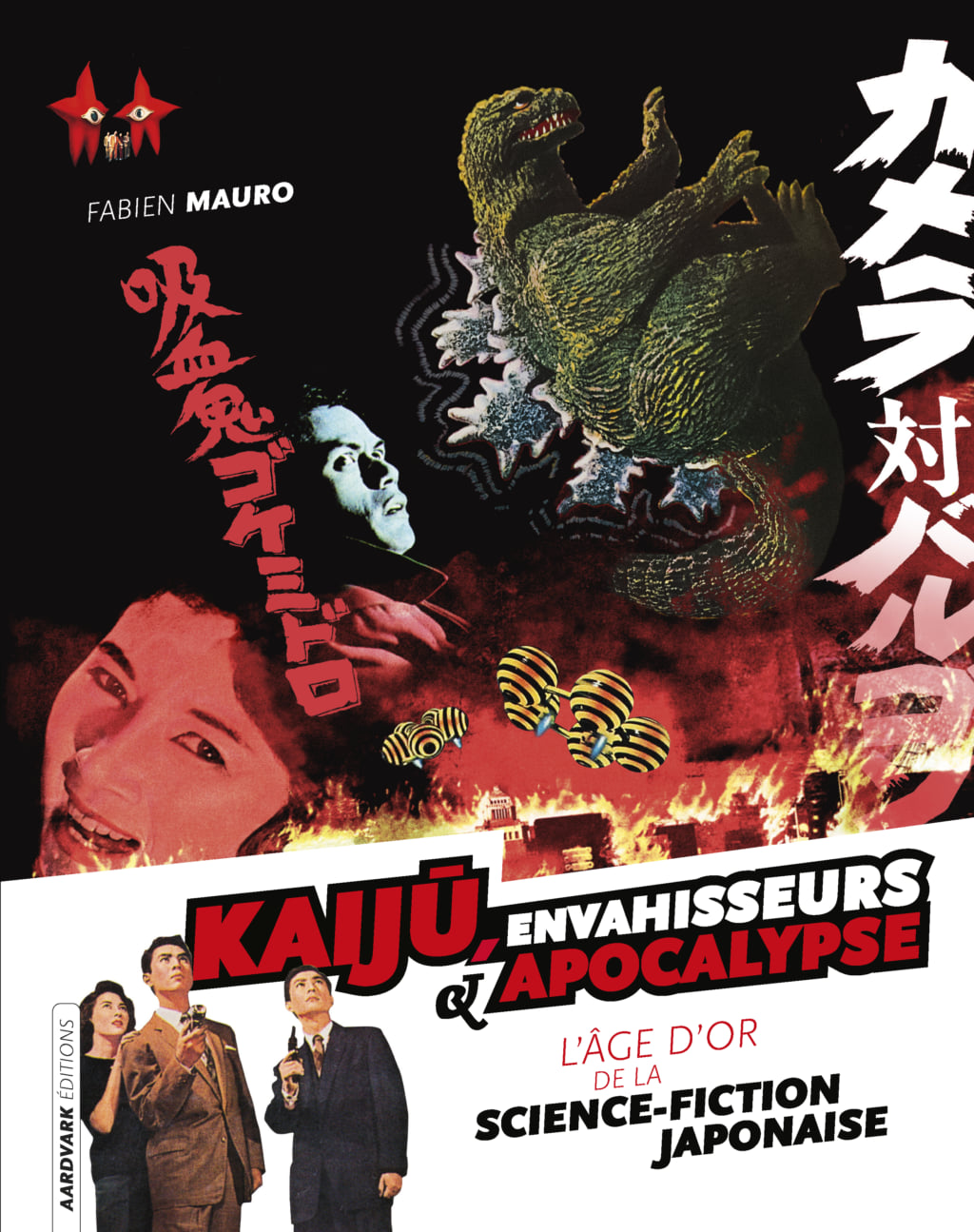
© Éditions Aardvark
Giant monsters with heavy bodies towering above skyscrapers, extra-terrestrials, invisible men and superheroes, Japanese science-fiction cinema is the birthplace of various characters in pop culture who are admired far beyond the country’s borders.
Fabien Mauro, who regularly collaborates with publications that specialise in genre cinema, decided to focus on this domain in Japanese cinema, with almost surgical precision. In KAIJU, ENVAHISSEURS & APOCALYPSE : L’Âge d’or de la science-fiction japonaise (‘KAIJU, INVADERS & APOCALYPSE: The Golden Age of Japanese Science-Fiction’), he primarily examines the period from the early 1950s — with the release of Godzilla by Ishiro Honda in 1954, which attracted the same number of viewers to cinemas as Seven Samurai by the already cult figure Akira Kurosawa — to the late 1970s. Thus, kaiju eiga (monster films) lay dormant as the studios gradually headed into decline, turfed out by Hollywood cinema, television and manga.
Disaster films that echo the environmental reality
With anecdotes from filming, box-office success, aesthetic analysis, detailed filmography of the genre and biographical details for actors, directors and technicians, Fabien Mauro offers a quasi-encyclopaedia of Japanese science-fiction spanning over 500 pages. He situates each film in its cultural and societal context and thus demonstrates the connections between genre cinema and the environmental and nuclear disasters affecting Japan. This meticulous work is supported by a carefully arranged layout that leaves ample room for illustrations, as the book is interspersed with film posters from the era, both from Japan and other countries, among other images.
Fabien Mauro previously examined genre cinema in a collective work entitled Mad Movies : 100 films de genre à (re) découvrir (‘Mad Movies: 100 Genre Films to (Re)Discover’). He also wrote his first book, Ishiro Honda : Humanisme Monstre, dedicated to one of the leading science-fiction directors, in 2018.
KAIJU, ENVAHISSEURS & APOCALYPSE: L’Âge d’or de la science-fiction japonaise (‘KAIJU, INVADERS & APOCALYPSE: The Golden Age of Japanese Science-Fiction’) (2020), a book by Fabien Mauro published by éditions Aardvark (not currently available in English).
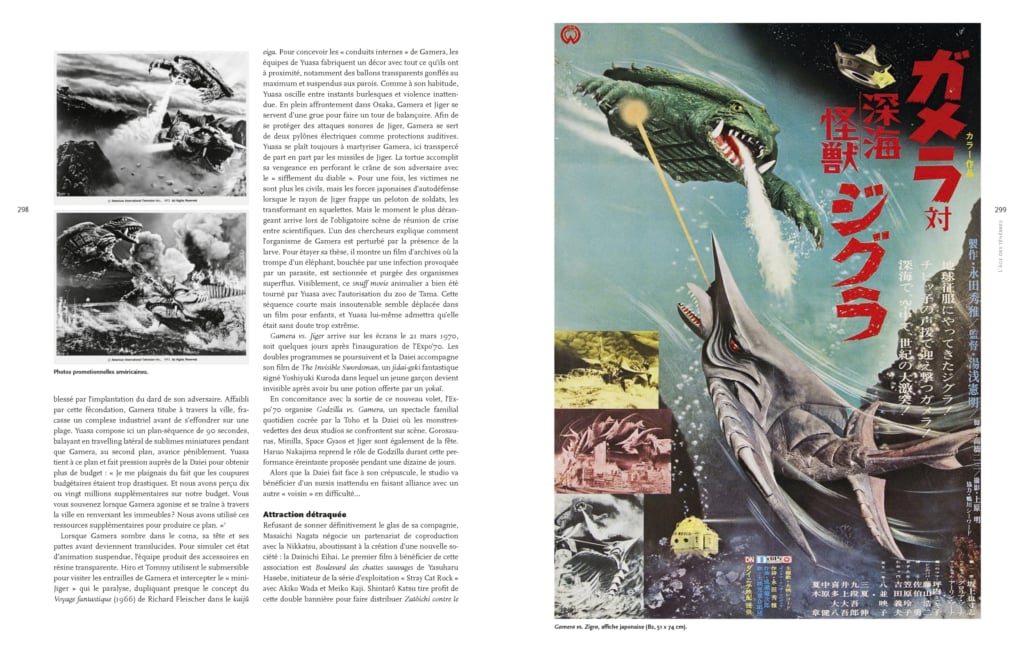
© Éditions Aardvark
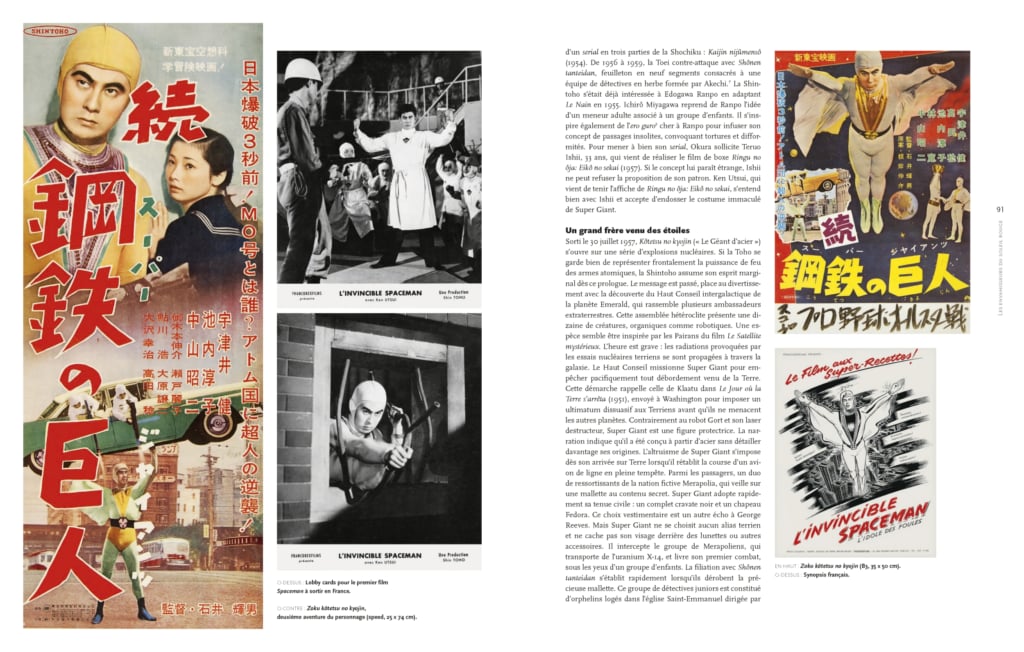
© Éditions Aardvark
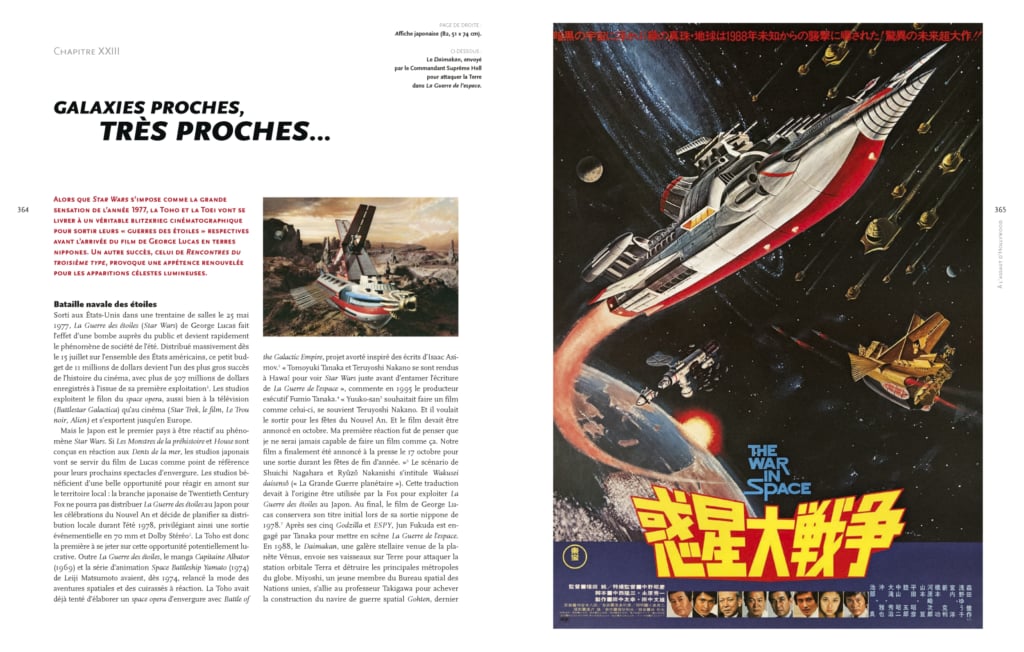
© Éditions Aardvark
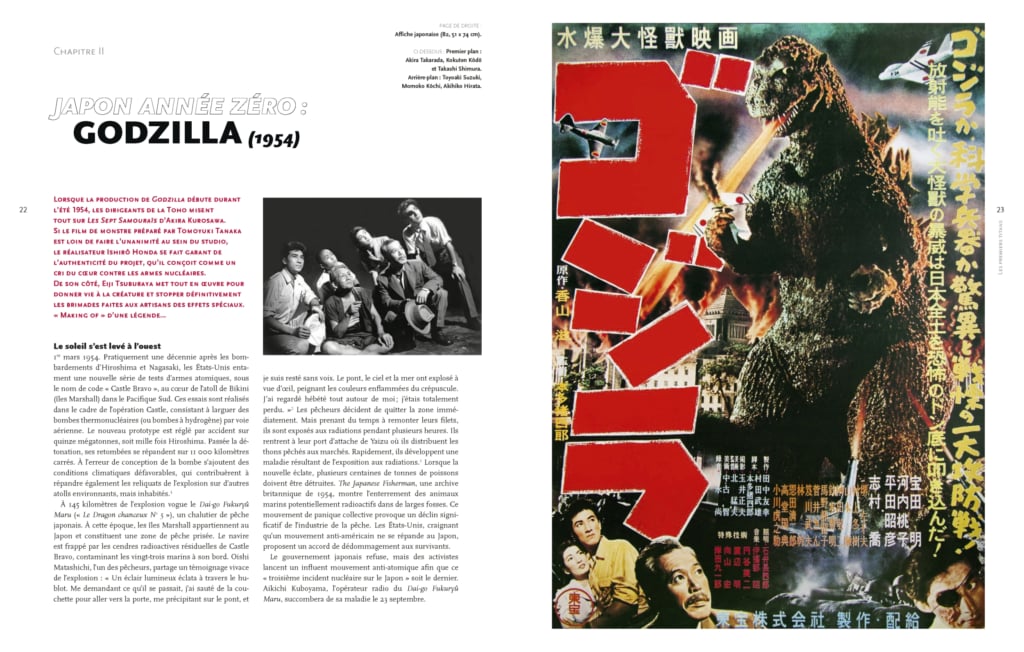
© Éditions Aardvark
TRENDING
-
A House from the Taisho Era Reveals Its Secrets
While visiting an abandoned building, Hamish Campbell discovered photographs the owner had taken of the place in the 1920s.

-
The Taboo-Breaking Erotica of Toshio Saeki
The master of the 1970s Japanese avant-garde reimagined his most iconic artworks for a limited box set with silkscreen artist Fumie Taniyama.

-
With Meisa Fujishiro, Tokyo's Nudes Stand Tall
In the series 'Sketches of Tokyo', the photographer revisits the genre by bringing it face to face with the capital's architecture.

-
Masahisa Fukase's Family Portraits
In his series ‘Family’, the photographer compiles surprising photos in which he questions death, the inescapable.

-
Hajime Sorayama's Futuristic Eroticism
The illustrator is the pioneer for a form of hyperrealism that combines sensuality and technology and depicts sexualised robots.





